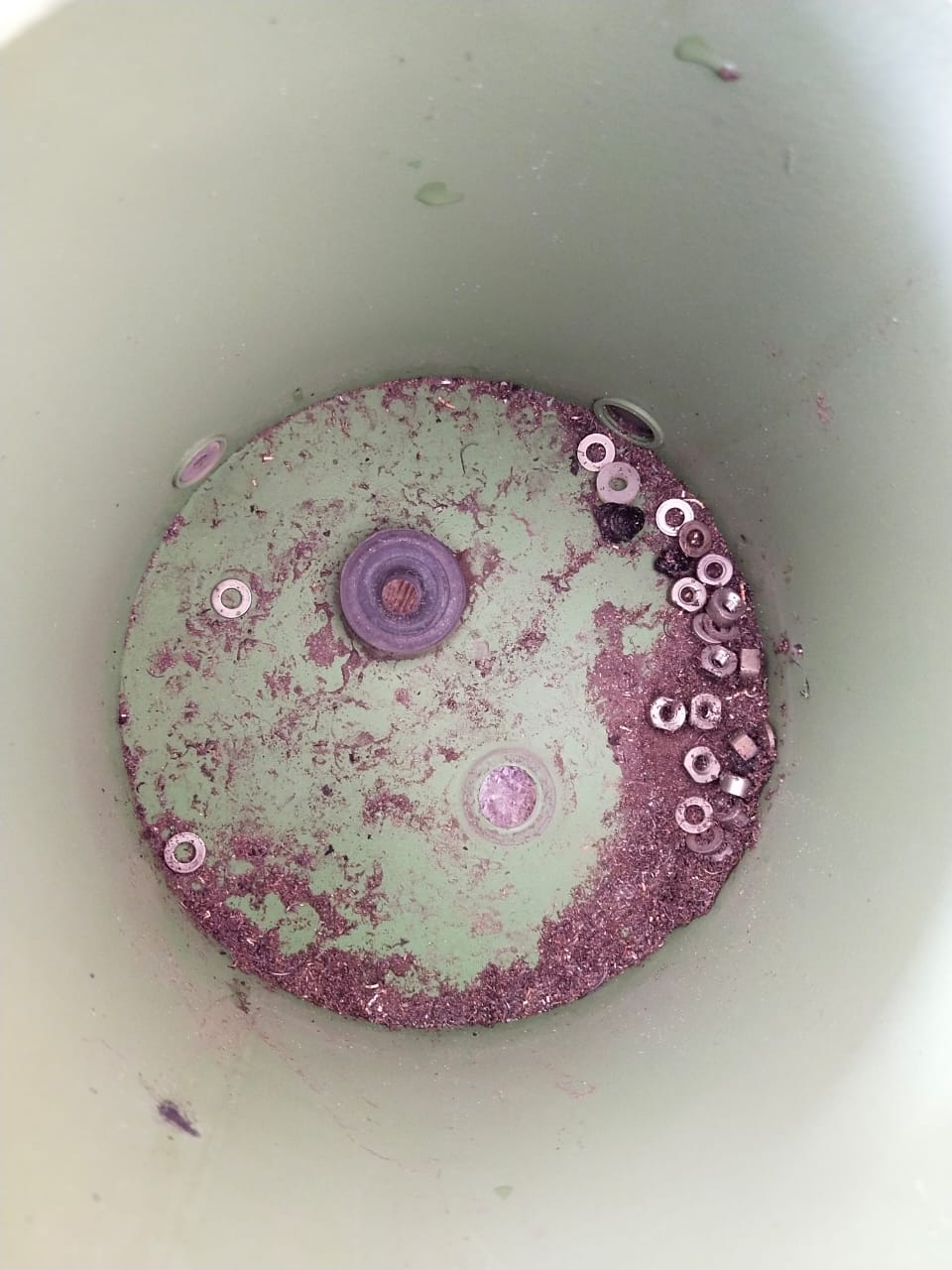
April 29, 2020 20:39 by
 admin
adminTIAANO’S COAGULATION ELECTRODE REMOVES HEAVY METALS DURING WASTE WATER TREATMENT
Water pollution by heavy metals, especially chromium; has sparked much concern to societies and regulation authorities around the world. Due to wide usage of chromium by different industries such as metal plating, paints and pigments, leather tanning, textile dyeing, printing inks and wood preservation, huge quantities of wastewater containing chromium are discharged into the environment to trivalent and hexavalent chromium ions. Hexavalent chromium compounds are toxic and carcinogenic. In contrast, toxicity of Tetravalent Chromium is relatively low and in its trace amounts, it is not a problem for the environment [1]. Electrocoagulation is a process consisting of creating metallic hydroxide flocks within the wastewater by electrode dissolution of soluble anodes.
The electrocoagulation has successfully been employed for treatment of different wastewaters such as urban wastewaters . Textile industries, laundry wastewater , restaurant wastewater , electroplating wastewater, chemical mechanical, polishing wastewater, olive mill wastewater, laundry wastewater , dairy and tannery wastewater , pulp and paper mill industry wastewater , baker’s yeast wastewater and slaughterhouse wastewater. Also EC removes bacteria, viruses, and cysts . Meanwhile, EC process has been widely used in the removal of arsenic, phosphate , sulphide, sulphate and sulphite, boron , nitrate, fluoride, and chromium.
The attached image is self explanatory
